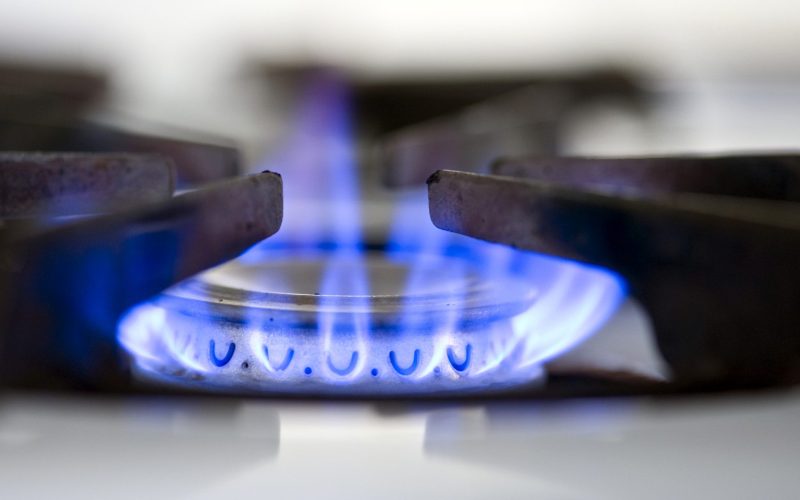THE VOICE FOR THE ENERGY CONSUMER

While most people are familiar with nuclear energy, the image that comes to mind is usually a large grey nuclear power plant built in the 1970s. Commercial nuclear energy has.

New York Governor Andrew Cuomo and his administration’s decision to block the Williams pipeline is resulting in adverse impacts on New York families, businesses, the economy and the environment. In.

New York state’s denial of the Williams Cos. pipeline permit is already hurting families, small businesses and stifling development throughout the state, as many struggle to get natural gas supplied.

Last week, entire sections of New York City were plagued by a black-out. Broadway musicals held shows in the street, restaurant go-ers ate by candle-light, and others were forced onto.

MINNEAPOLIS – Today, Washington Governor Jay Inslee expressed his opposition to the modernization of the Line 3 pipeline, which follows an attack against critical energy infrastructure in Michigan earlier this.

Mike Butler, State Director for Consumer Energy Alliance Pennsylvania, shares some tips on staying cool and keeping your electric bill down during the current heat wave with Dave Malarkey on.

CEA Mississippi State Director explains how revenue from energy developed in the Gulf benefits coastal beautification efforts and helps economic development. Supporters and skeptics of the federal government’s proposed offshore.